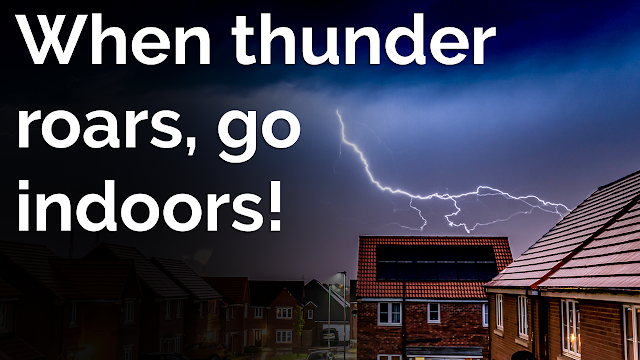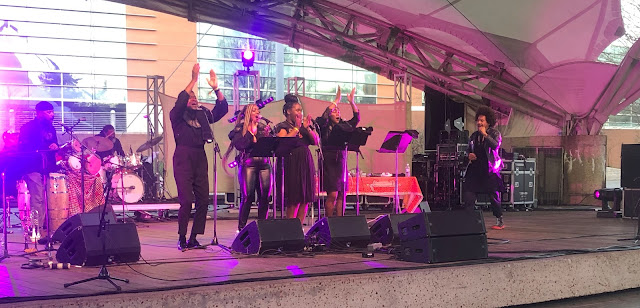Not to worry, though. Namlook was famously prolific, and as previously documented in the other blog, I have over 100 LPs of his. But not Namlook II, his second solo album.
But callooh, callay! Oh, frabjous day! Today I found Namlook's Bandcamp page, maintained by the label Silent State Recordings. They've posted only a small fraction of Namlook's prodigious output, but fortunately for me, their selection includes a number of albums that I don't already have.
So today I purchased a copy of 1993's Namlook II: The Dutch Side of the Milky Way, as well as the compilations The Definitive Ambient Collection, Vol. I and Vol. II. The compilation albums contain a lot of material that I already own, but it's interesting to hear the tracks mixed in a different order. Besides, most of my prior Namlook acquisitions were back in the days of Napster and usenet and aren't exactly what you would call legal, so the Bandcamp purchases were a small token of restitution for my previous piracy.
The title The Dutch Side of the Milky Way is an obvious reference to Pink Floyd's The Dark Side of the Moon. Even though his music doesn't sound anything like Pink Floyd, Namlook apparently admired the English psychedelic band. He named a series of collaborations with the recently departed Klaus Schultze The Dark Side of the Moog, and other Floyd references pop up in his album and track titles.
The Dutch Side of the Milky Way was recorded live in Amsterdam at the Melkweg club, pictured above. "Melkweg" is Dutch for "Milky Way." Melkweg is one of the most important music venues in Amsterdam and was a hangout for hippies in the 1970s and 1980s. The club is mentioned in Cracker's Euro-Trash Girl, and The Church's Under the Milky Way is a reference to Melkweg. The club is still active today and hosts a variety of musical genres, including electronica, hip-hop, indie rock, reggae, and pop, as well as movies (Spike Lee's 1989 film Do the Right Thing is playing there tonight).
The album captures a 1993 performance by Namlook at Melkweg. It's really one long improvisation, divided into mostly ten-minute tracks, each of which are titled Part I, Part II, etc.. According to Namlook, he had no preconceived composition for the performance - it was just an exploration of the effects the various electronic sounds of his instruments had on the room. The show apparently employed a lot of very low frequencies that aren't audible in the recording; to hear the low end, your equipment would have to be capable of producing sound in the 20-45 Hz range (20 Hz is generally considered the low end of the human audible range). In his liner notes, Namlook says the reason for the very low frequencies "was my intention to let the audience feel the music instead of pure listening."
Even without the low end and despite the fact that it was recorded nearly 30 years ago, Namlook II is still an interesting listen. Namlook's ambient recordings hold up today much better than his techno and dance music.
And to address the obvious, yes, I did stumble across Namlook's Bandcamp page while web-surfing Klaus Schultze's music.









